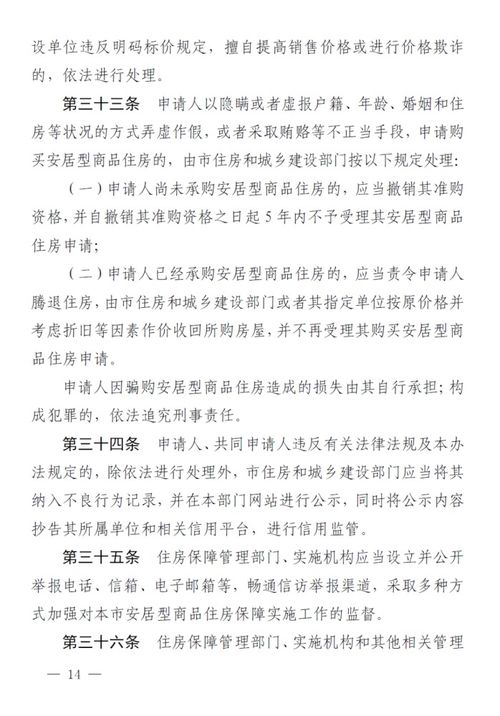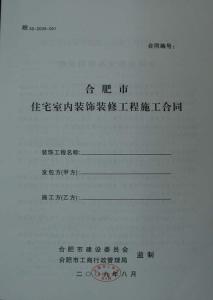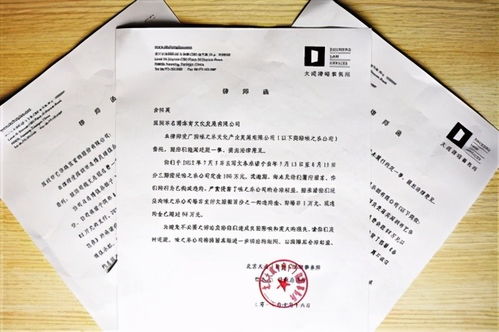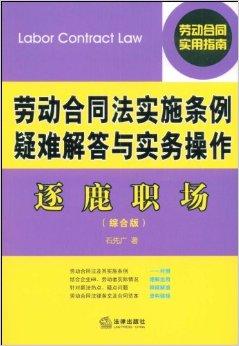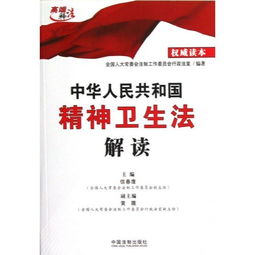Title: Exploring Legal English: Chapter 17
Understanding Legal Terminology and Concepts in Chapter 17
1. Overview of Chapter 17:
Chapter 17 delves into the intricate world of contract law, focusing on essential concepts, key terminology, and practical applications. Contracts form the backbone of legal transactions, governing agreements between parties in various contexts.
2. Essential Concepts Covered in Chapter 17:
a. Offer and Acceptance:
An offer is a proposal made by one party to another, indicating a willingness to enter into a contract under specific terms.
Acceptance occurs when the offeree agrees to the terms of the offer, creating a binding contract.
b. Consideration:
Consideration refers to something of value exchanged between parties to a contract, essential for the contract's validity.
It can be money, goods, services, or even a promise to refrain from doing something.
c. Intention to Create Legal Relations:
For a contract to be enforceable, both parties must have a genuine intention to create legal relations.
Social and domestic agreements often lack this intention, rendering them unenforceable.
d. Capacity:
Capacity refers to the legal ability of parties to enter into a contract.
Minors, mentally incapacitated individuals, and those under the influence of drugs or alcohol may lack capacity.
e. Legality:
Contracts must have a lawful purpose and cannot violate public policy or statutes.
Illegal contracts, such as those involving the commission of a crime, are unenforceable.
3. Key Terminology Explored in Chapter 17:
a. Offeror and Offeree:
The offeror is the party making the offer, while the offeree is the party to whom the offer is made.
b. Counteroffer:
A counteroffer occurs when the offeree responds to the original offer with a new proposal, effectively rejecting the initial offer.
c. Void and Voidable Contracts:
A void contract is invalid from the outset and cannot be enforced.
A voidable contract is initially valid but can be voided by one party due to factors like misrepresentation, undue influence, or duress.
d. Breach of Contract:
Breach of contract occurs when one party fails to fulfill their obligations under the contract.
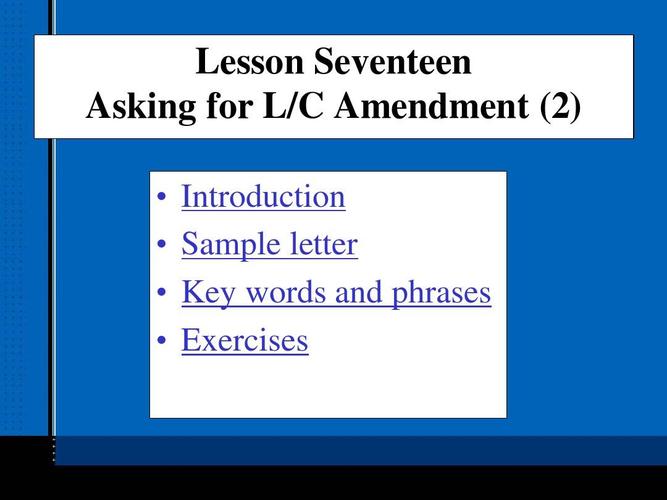
Remedies for breach may include damages, specific performance, or cancellation of the contract.
4. Practical Applications and Case Studies:
Chapter 17 includes practical examples and case studies to illustrate how contract law operates in realworld scenarios. These examples help students grasp complex legal concepts and understand their application in everyday situations.
5. Summary and Review:
The chapter concludes with a summary of key points covered and review questions to test understanding. It encourages students to engage critically with the material and apply their knowledge to hypothetical scenarios.
6. Further Resources:
Students are provided with additional resources, such as recommended readings, online resources, and case law, to deepen their understanding of contract law and legal English.
Conclusion:
Chapter 17 equips students with a solid understanding of contract law fundamentals, preparing them to navigate the complexities of legal transactions with confidence. By mastering essential concepts and terminology, students are empowered to analyze contracts critically and negotiate effectively in diverse legal contexts.

